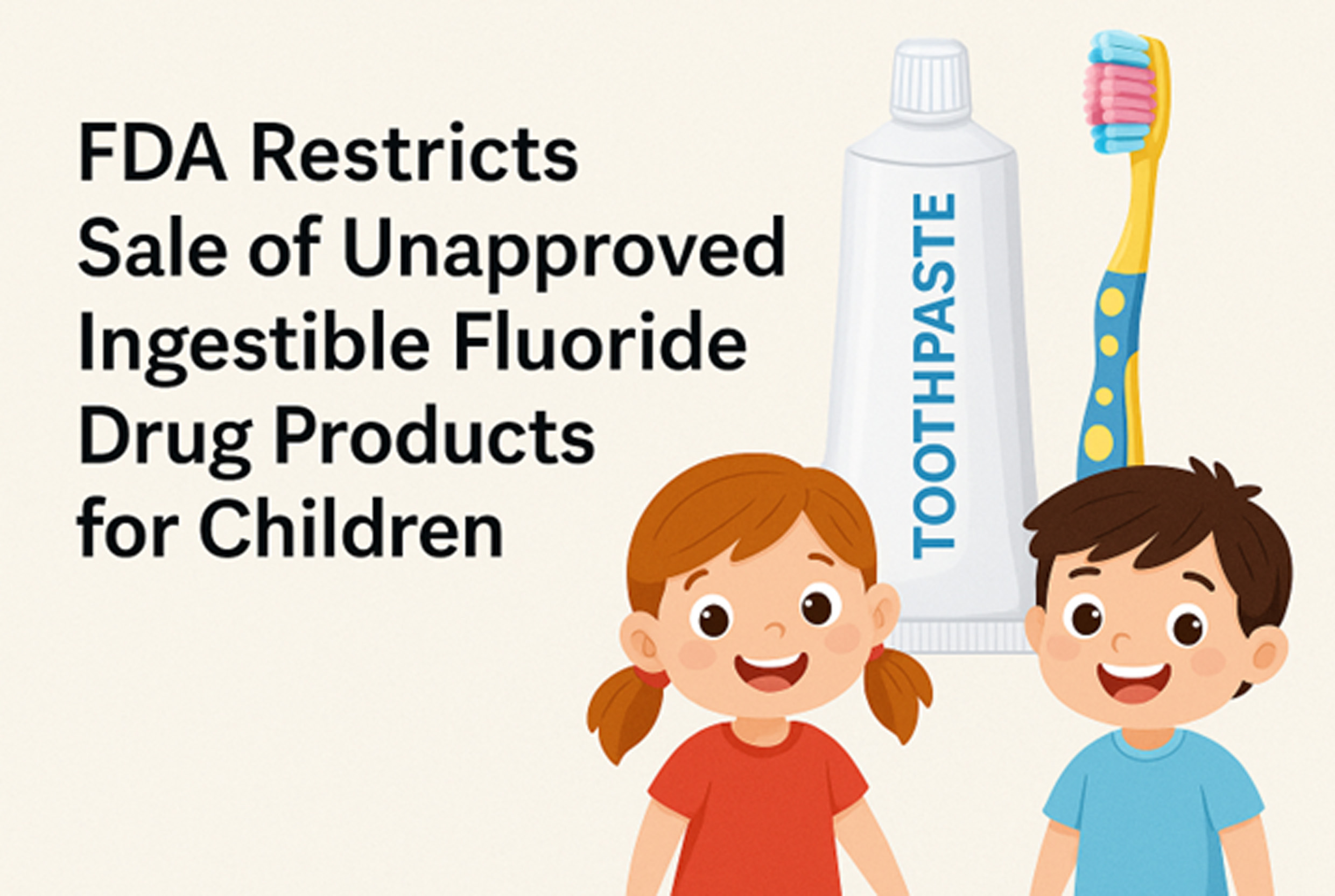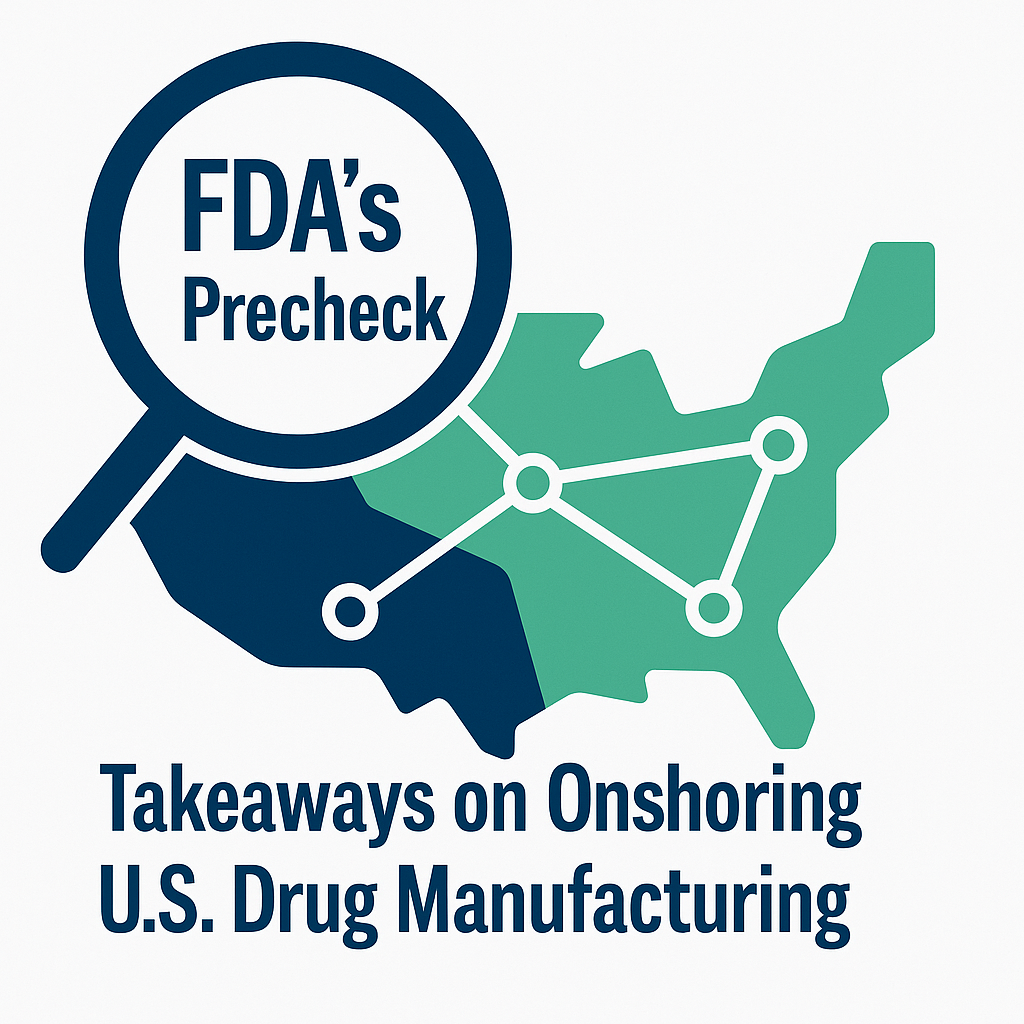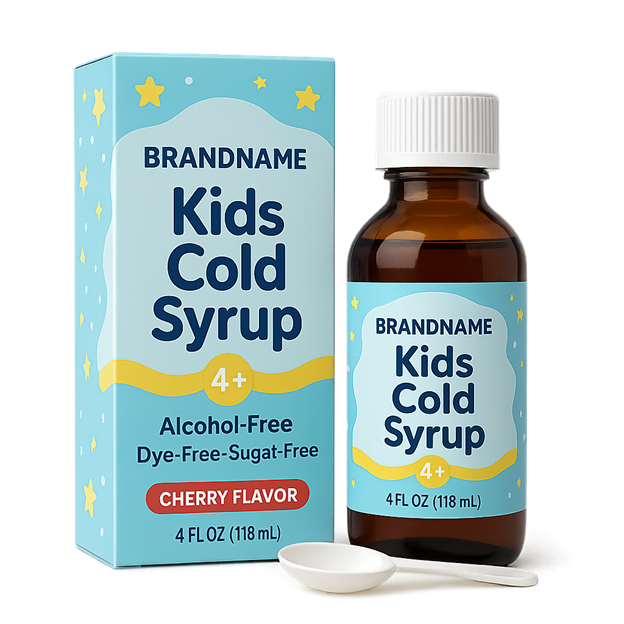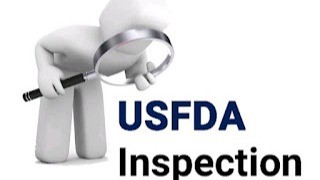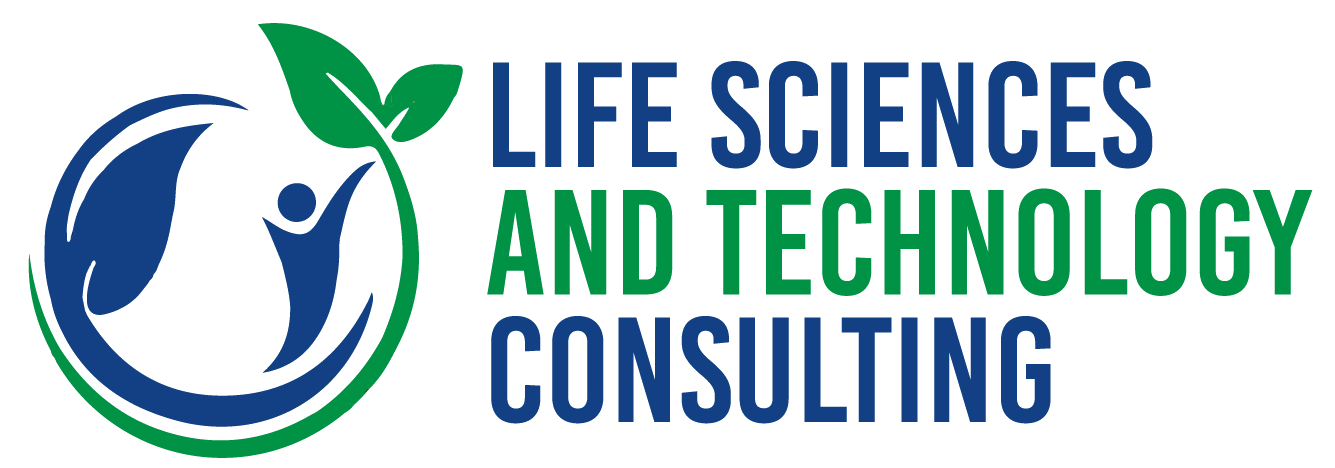On September 30, 2025, the U.S. Food and Drug Administration held a public meeting to introduce and discuss its new PreCheck Program, a regulatory framework designed to accelerate the development of drug and biologics manufacturing facilities within the United States. With nearly eighty percent of active pharmaceutical ingredient production still based overseas, the program signals a critical step toward strengthening supply chain security and ensuring greater domestic resilience in the face of global challenges.
During the meeting, the FDA invited stakeholders to share their perspectives on how PreCheck should be structured and implemented. The agency sought input on whether the program should apply exclusively to newly constructed facilities or also include upgraded and retrofitted sites. Questions were raised about how best to evaluate modular expansions, packaging-only operations, and technology transfers, along with the metrics that should be used to define whether a facility is truly “ready” for regulatory review. Another major point of discussion focused on what types of incentives would make onshoring more attractive and feasible for companies weighing long-term investment decisions.
Several themes emerged strongly from these conversations. Industry representatives stressed the need for clarity around definitions, noting that companies require unambiguous guidance on what qualifies as a new, retrofitted, or expanded facility. Predictability of timelines and greater harmonization with other global regulators were highlighted as essential to avoiding duplicative reviews and delays. Participants also emphasized the importance of recognizing modular and flexible manufacturing approaches within the program, which are increasingly vital for efficient operations. At the same time, many underscored that inspection bottlenecks remain a significant obstacle, with timely FDA inspections and resource allocation seen as critical to supporting accelerated U.S. manufacturing. There was also broad agreement that having a single point of contact and consistent early communication from the FDA would help reduce uncertainty and allow for more effective collaboration.
In its response, the FDA signaled that it is open to broadening the scope of PreCheck to include not only new builds but also retrofitted and modular sites. Officials emphasized, however, that participation in the program should not be mistaken for an approval guarantee. Instead, PreCheck is intended to reduce regulatory risk, provide earlier engagement, and give companies the confidence to move forward with U.S. manufacturing investments.
For the life sciences sector, the PreCheck Program represents far more than a regulatory pilot. It is a strategic opportunity to shape the future of U.S. manufacturing policy while strengthening competitive advantage. Companies that actively participate in the comment process can influence how the FDA balances regulatory rigor with the need for rapid and resilient capacity expansion. The deadline for written comments is October 30, 2025, under Docket FDA-2025-N-2489.
Ultimately, the bottom line for executives is clear: PreCheck is about reducing uncertainty, securing supply chains, and enabling faster access to U.S.-made medicines. Forward-looking organizations that engage early will be best positioned to capture its advantages and help define the next era of pharmaceutical manufacturing in the United States.
For tailored guidance, connect with LSTC’s regulatory experts today.
